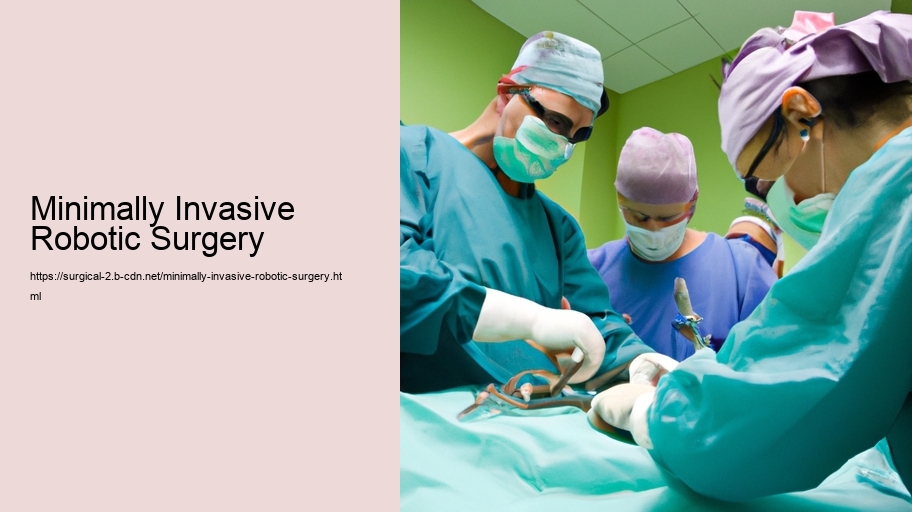Minimally Invasive Robotic Surgery: A Glimpse into the Future of Medicine
The evolution of surgical techniques has been marked by the constant pursuit of methods that reduce patient trauma, improve outcomes, and hasten recovery. This quest has led to the advent of minimally invasive surgery, which minimizes the physical insult to the body normally associated with traditional open surgery. Building upon these advances, minimally invasive robotic surgery has emerged as a cutting-edge frontier in the medical field, offering unprecedented precision and control that heralds a new era of surgical care.
Robotic surgery, a term that once conjured images of science fiction, is now a reality in operating rooms around the world. This innovative approach involves the use of robotic systems that allow surgeons to perform complex procedures with enhanced vision, precision, and dexterity. The most notable system in use today is the da Vinci Surgical System, which has been widely adopted for a variety of procedures.
The hallmark of minimally invasive robotic surgery is the use of small incisions, typically just a few centimeters long, through which the surgeon inserts miniaturized instruments and a high-definition 3D camera. The surgeon manipulates these instruments from a console equipped with master controls that translate the surgeon's hand movements into precise micro-movements of the instruments inside the patient's body.
One of the most significant advantages of this approach is the increased range of motion and precision. The robotic arms can rotate and maneuver in ways that human hands cannot, enabling surgeons to perform delicate and complex tasks with greater accuracy. This precision is particularly beneficial in surgeries where space is limited or where the utmost care is needed to avoid damaging critical structures.
Another key benefit of minimally invasive robotic surgery is the improved visualization of the operative field. The 3D camera provides surgeons with a magnified, high-resolution image, allowing for better identification of anatomy and more accurate dissection. This enhanced vision is especially helpful in identifying and protecting vital structures such as nerves and blood vessels.
Patients stand to gain considerably from robotic surgery as well. The smaller incisions typically result in less pain, reduced scarring, and shorter hospital stays. The minimization of tissue trauma also leads to a lower risk of infection and complications, thereby contributing to faster recovery times and a quicker return to normal activities.
The implementation of robotic systems also opens the door to potential advancements in surgical education and training. Surgeons can simulate complex procedures, honing their skills in a controlled environment before operating on patients. Additionally, the ability to record and replay surgeries offers an invaluable tool for teaching and peer review.
Despite its many benefits, minimally invasive robotic surgery is not without its challenges and limitations. The cost of acquiring and maintaining robotic systems can be substantial, potentially affecting the accessibility of this technology. Moreover, there is a steep learning curve associated with mastering these sophisticated systems, necessitating specialized training for surgeons.
In conclusion, minimally invasive robotic surgery represents a remarkable fusion of technology and human skill that is transforming the landscape of surgical care. By enhancing the surgeon's ability to operate with greater precision and less invasiveness, this approach is setting a new standard for patient care. As technology continues to advance and the medical community becomes more adept at integrating these systems into practice, the full potential of robotic surgery will be realized, benefiting both patients and healthcare providers alike. The future of surgery is not merely robotic; it is nuanced, patient-centered, and holds the promise of even less invasive and more effective procedures.
